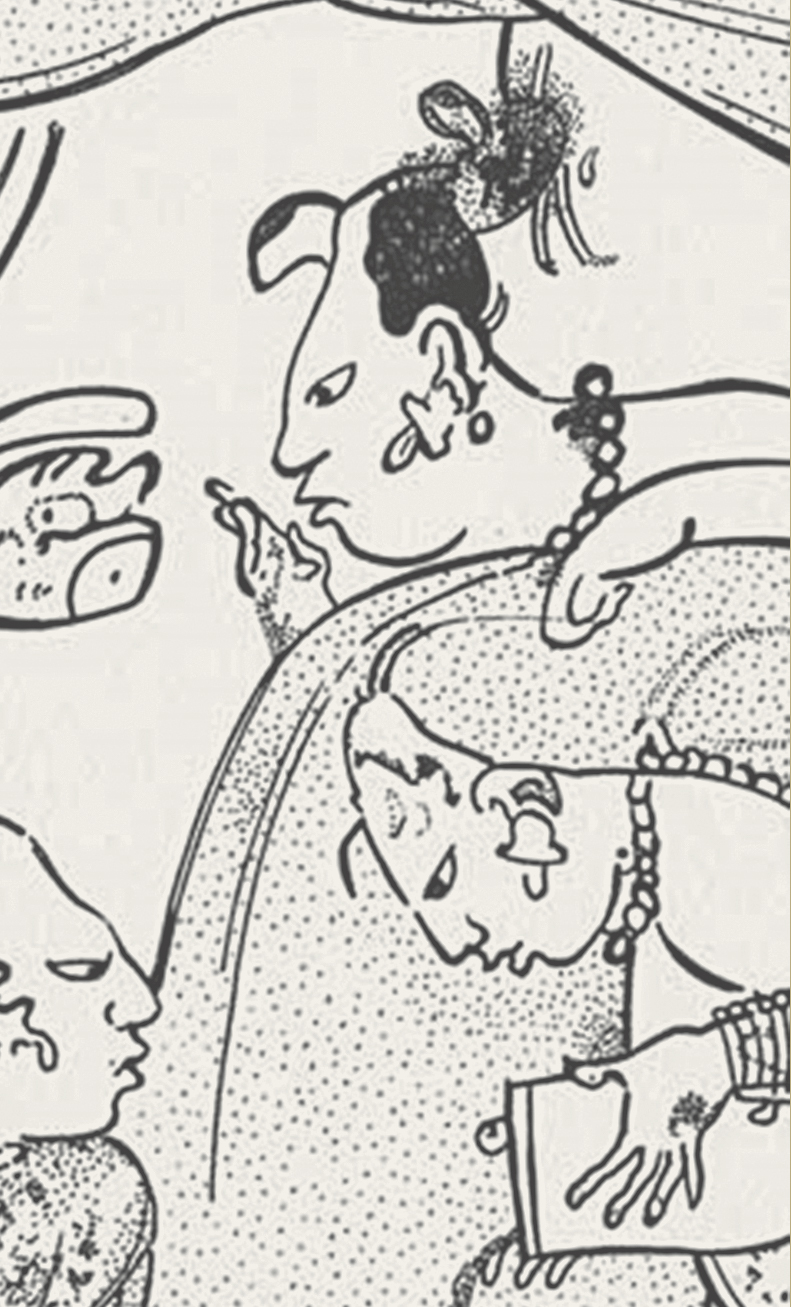The first wild varieties of the cacao tree evolved as the forastero variety in the upper Amazon region in South America, and spread into central America as the criollo variety.
The distinctive colourful pods of the cacao tree have been prized for thousands of years for their sweet pulp, and for the seeds inside – the cacao beans. But it was not until about 1100 BC that the Olmec civilisation in what is now Mexico is believed to have first cultivated and consumed the beans. They discovered that the otherwise unappetising beans could be fermented in their own pulp and then roasted, to develop the distinctive bitter chocolate flavour we recognise today.
In South America the locals continued to use only the pulp to make a frothy drink, while discarding the beans. Later central American civilizations, the Mayans and Aztecs, used cacao beans as currency but also drank chocolate cold or hot, unsweetened and mixed with strong spices. Beans were roasted in a pot, winnowed in the wind, ground with stone rollers, and formed into rolls before drying. Pieces of chocolate mass were then ground and mixed with water to make a drink, which would be frothed up by pouring from bowl to bowl.

Princeton University has a ceramic vase thought to date from the 8th century and made by the Mayans in what is now Guatemala. Its elaborate decoration shows a throne room where attendants are preparing chocolate to drink by pouring from shoulder height.